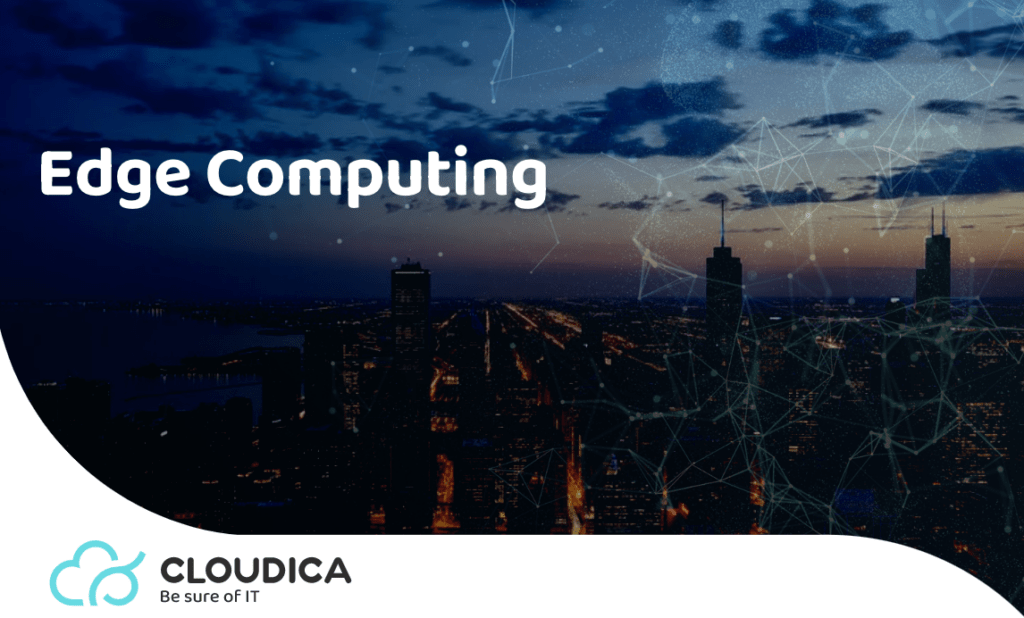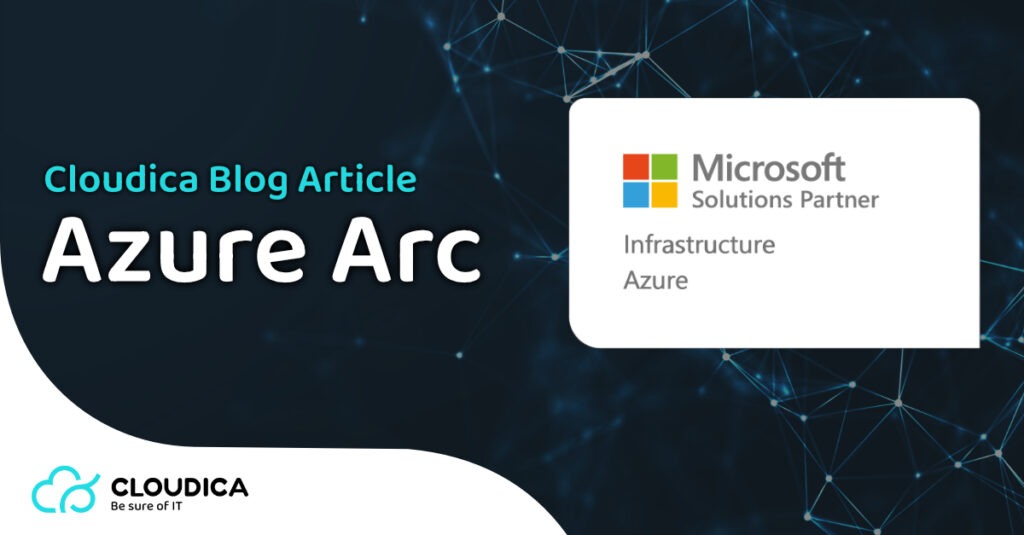Cloud architecture has become the go-to infrastructure for businesses of all sizes. This is because it can grow as needed, is cheap, and stores, processes, and manages data better than traditional IT systems. As cloud computing continues to evolve, the latest trends in cloud architecture are emerging.
This article will talk about the latest cloud architecture trends and how they can help businesses.
1. Multi-Cloud Architecture
Multi-cloud architecture is the use of multiple cloud providers to build a cloud system. This allows businesses to choose the best provider for each task, such as storage, computing, or networking. Multi-cloud architecture can offer greater flexibility and cost savings, as well as reduce the risk of vendor lock-in.
2. Serverless Computing
Serverless computing is a way of running code without having to maintain or provision any servers. This is possible because the code is hosted in the cloud and is only activated when needed. This can be beneficial for businesses as it can reduce costs and improve scalability.
3. Containers
Containers are a way of running applications in a lightweight, isolated environment. This allows businesses to quickly deploy applications without worrying about the underlying infrastructure. Containers are also more secure than traditional virtual machines, as they are isolated from each other.

4. Edge Computing
Edge computing is a new trend in cloud architecture. It is the use of cloud computing at the “edge” of the network, such as at the edge of the Internet of Things (IoT) devices. This allows businesses to process data closer to its source, which can improve response times and reduce latency.
5. Autoscaling
Autoscaling is the process of automatically scaling up or down the resources of a cloud system in response to changes in demand. This can be beneficial for businesses as it can reduce costs by ensuring that only the necessary resources are being used.
6. Security
Security is an increasingly important trend in cloud architecture. As businesses increasingly move their data and applications to the cloud, they need to ensure that they are secure. Cloud providers are now offering more robust security features, such as encryption and identity management, to help protect data.
7. Artificial Intelligence (AI)
AI is becoming increasingly important in cloud architecture. AI can help automate tasks, such as provisioning resources and managing workloads. This can save businesses time and money, as well as improve efficiency.
These are just some of the latest trends in cloud architecture. As cloud computing continues to evolve, there will be more trends emerging. Businesses should pay attention to these trends to make sure they’re using the most up-to-date technologies. By doing so, they can improve their efficiency and reduce costs.









